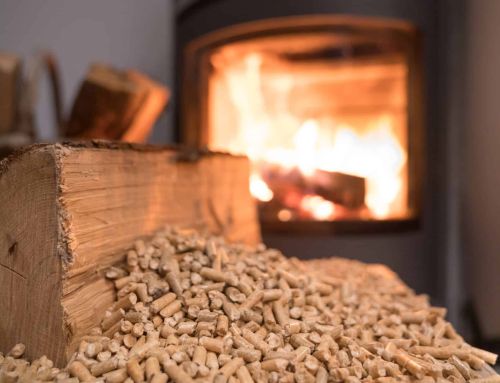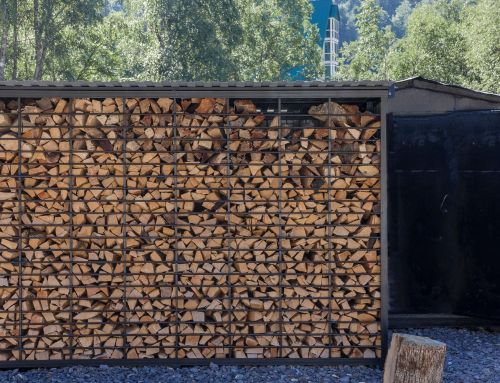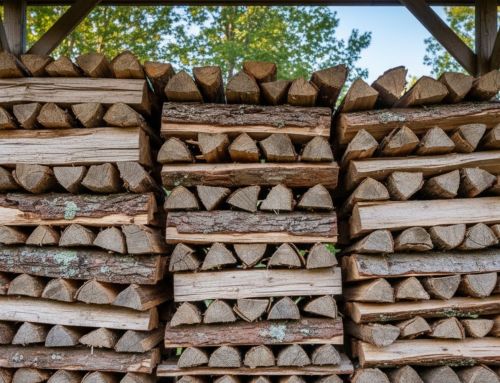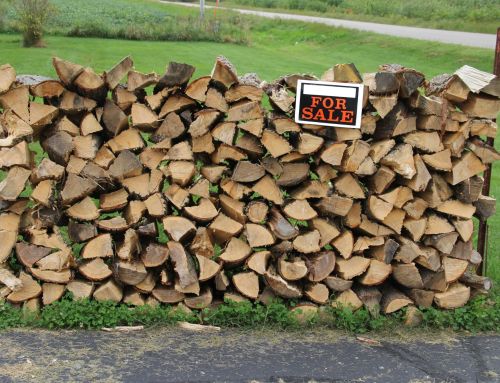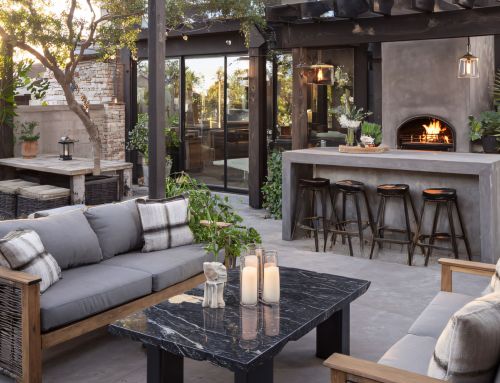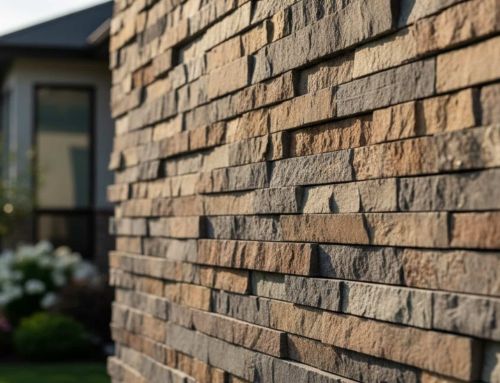A beautifully designed pool isn’t just about the water; it’s about the edge that frames it, providing essential security. Whether you’re refreshing an existing pool area or designing a new outdoor space, the right stone pool coping makes all the difference in safety, appearance, and long-term performance. Coping defines the perimeter of your pool, providing both a functional barrier and a visual transition between the water and the surrounding hardscape.
When properly selected and installed, pool stone coping becomes more than a border; it’s a standout design element that ties together your patio, pool, and landscaping with a clean, cohesive finish. From sleek modern lines to textured, natural edges, there’s a style of stone for pool coping to match any aesthetic. This article provides a review of the best options to help you make an informed choice.
What Is Pool Coping and Why Does It Matter
Coping is the material that caps the edge of your swimming pool shell, but it serves a much greater purpose than simply finishing the border. It plays a vital role in maintaining the structural integrity of your pool by covering the bond beam and preventing water from seeping behind the shell, damage that could lead to costly repairs over time. Beyond function, coping enhances swimmer safety with smooth, rounded edges that provide a comfortable place to grip or rest.
More than just protection, coping is also a key design feature that ties your pool to the surrounding patio or landscape. It creates a clean, polished transition between the waterline and the hardscape, enhancing the overall style and bringing visual cohesion to your outdoor space. When thoughtfully selected and installed, coping contributes to both the beauty and the lasting durability of your entire pool area.
Benefits and Characteristics of Stone Pool Coping
Stone pool coping is designed to enhance both the style and function of your outdoor space, offering a perfect blend of beauty and practicality for homeowners. Known for its exceptional durability, it withstands everything from intense sun to harsh winters, keeping your pool area inviting year after year. With a wide range of colors, textures, and finishes, such as standard sandstone coping measuring 24”x12”x2” and custom formats, you can easily match your design vision, whether modern or rustic. This flexibility creates a seamless transition between the pool and the surrounding landscape, while careful selection and installation ensure long-lasting performance, safety, and visual appeal.
Most Popular Stone Coping Styles
Pool coping styles vary by edge shape and finish. Each option suits a different aesthetic and function. Here’s a breakdown of the most commonly used profiles. Taking action towards selecting the right one can enhance your pool area.
Bullnose Coping
Rounded edge offers timeless appeal, and it’s also comfortable for sitting and safe for children. For this reason, it’s great for traditionally designed or family-friendly poolscapes.
Flat Edge (Straight Edge) Coping
Clean, modern look with crisp geometry makes this style especially appealing. Additionally, it seamlessly transitions from pool to deck, creating a unified design that allows you to respond to varying aesthetics. As a result, it’s perfect for contemporary landscapes.
Drop Face Coping
Creates a bold, dramatic overhang that immediately draws attention. In addition, it adds architectural flair and depth to the pool’s edge, reinforcing the connection between the pool and its surroundings. For these reasons, it’s often seen in high-end, modern pool builds.
Rock-Faced Coping
Features a raw, natural edge that brings texture and character to the pool area. As a result, it evokes a rustic, nature-inspired design. This style works well with garden settings and boulder accents, completing the organic feel of the space.
Tumbled Coping
Soft edges and a weathered surface give this style a timeworn, inviting look. Therefore, it’s ideal for Mediterranean or old-world charm, appealing to the human tendency for comfort and familiarity. Altogether, it offers a relaxed, textured aesthetic that complements classic outdoor designs.
Square Edge Coping
Defined, sharp lines for geometric pools make this style visually striking. At the same time, it remains understated but effective in its simplicity, making it easy to choose this style for your modern or minimalist pools. Altogether, it delivers a clean finish for modern or minimalist pools.
Natural Edge Coping
Irregular, freeform edges shaped from real stone give this coping a naturally sculpted look. Because every piece is unique, it adds a one-of-a-kind character to the pool’s perimeter. This makes it best for high-end, custom-designed outdoor spaces where distinction matters.
Best Natural Stone Materials for Pool Coping
Different types of stone offer distinct looks and benefits, each suited to specific pool coping environments. For example, bluestone is durable and weather-resistant, available in thermal or natural cleft finishes, and is a top choice in New England due to local availability. In contrast, travertine stays cool underfoot, offers natural slip resistance, and works well in elegant, warm-toned settings. Likewise, limestone provides a smooth, clean surface in lighter tones that reflect heat, making it ideal for both modern and traditional designs.
Meanwhile, granite is the hardest option, known for its stain and scratch resistance, making it excellent for long-term use. On the other hand, sandstone offers earthy textures perfect for rustic landscapes but requires sealing in freeze-thaw climates, so proceeding with care is essential. When choosing stone for pool coping, consider not only durability and design but also how the material feels underfoot, how it handles heat, and how well it complements your surrounding hardscape.
Safety Features of Stone Pool Coping
Safety is a top priority when it comes to pool design, and stone pool coping delivers peace of mind through its secure connection to the pool structure. Properly installed coping creates a stable, slip-resistant surface that makes entering and exiting the pool safer for everyone. By proceeding with a professional installation, you can verify that every piece of coping is anchored correctly, reducing the risk of shifting or accidents.
The review process for stone pool coping installation includes a thorough safety inspection to ensure the coping is level, secure, and free of sharp edges or loose sections. As part of the safety verification process, you may be required to complete a specific action, such as confirming installation steps or checking for secure anchoring, to ensure all safety standards are met. Choosing experienced installers helps ensure a strong, lasting connection between the coping and the pool, allowing you to enjoy your space with confidence.
What to Consider When You Choose Coping
Coping isn’t just about looks; it also plays a major role in how your pool performs over time. First, slip resistance is a key factor, especially for kids and elderly users who need stable footing around wet surfaces. Additionally, heat absorption matters, as some stones stay cooler than others and are more comfortable underfoot during summer. It’s also important to consider climate resilience; freeze-thaw cycles in the Northeast demand materials that are both durable and flexible. Furthermore, maintenance needs vary, with some stones being porous and requiring regular sealing. Finally, edge comfort can’t be overlooked; rounded edges feel better when sitting or climbing in and out of the pool.
Design Integration Tips for Outdoor Spaces
Well-designed coping will connect your pool to the rest of your landscape, creating a unified and intentional outdoor space. For example, matching patios or walkways by using the same or complementary stone creates visual harmony throughout the yard. In addition, varying finishes for texture, such as combining smooth pavers with a rough coping edge, adds depth and contrast. You can also enhance functionality by adding lighting or drainage; seamless coping can cleverly conceal integrated LED strip lights or direct runoff away from the pool. The most attractive pools are those where no material feels out of place, so it’s essential to visualize how the coping ties into your deck, steps, retaining walls, and other outdoor features.
Installation & Professional Considerations
Even the best coping stones won’t perform well if they’re poorly installed, which is why professional expertise is often worth the investment. A skilled installer will first prepare a compacted base and level bed, ensuring long-term stability. Additionally, they’ll address expansion joints and drainage to prevent shifting and water damage over time. Using the right adhesive and grout for the environment is also critical, especially in areas with temperature extremes. For more complex projects, professionals can cut stone for radius corners or custom shapes with precision. That said, simpler profiles like bullnose or flat edge coping may be manageable for DIYers. However, intricate designs, elevation changes, or freeze-prone soils generally call for experienced help. Thinking about installing coping yourself? Start by browsing your local stone yard and get advice on materials that match your skill level and budget.
Maintenance and Upkeep
One of the key advantages of stone pool coping is its low maintenance requirements, making it a perfect fit for busy homeowners who want to enjoy their outdoor spaces without constant upkeep. Routine care is simple: periodic cleaning with mild soap and water keeps the stone looking fresh, while occasional sealing helps protect against stains and weathering. By completing these straightforward tasks, you can maintain the beauty and integrity of your pool coping for years to come.
The security of the connection between the coping and the pool is also crucial. Regular inspections allow you to verify that the coping remains firmly in place and to respond promptly to any signs of wear, such as cracks or shifting. If issues are detected, proceeding with timely repairs ensures the ongoing safety and performance of your pool area. With stone pool coping, you can relax and enjoy your outdoor oasis, knowing that maintenance is manageable and that your investment is protected, leaving you in a state of verified success, waiting as you look forward to many seasons of enjoyment.
Conclusion
Choosing the right stone pool coping adds more than just visual polish to your pool; it elevates the entire outdoor experience. Whether you prefer clean-lined drop-face coping or a rustic rock-faced edge, every detail enhances comfort, safety, and long-term durability, helping your outdoor space feel complete and well-crafted.
At Old Station Outdoor & Landscape Supply, we carry one of New England’s most extensive selections of natural stone and coping materials. Ready to start your pool upgrade? Contact us or visit our showroom to explore top-quality options and get personalized recommendations from our experienced team.
FAQs
What is the best stone for pool coping?
The best stone for pool coping depends on your climate, design style, and usage needs. Bluestone, travertine, and limestone are popular choices due to their durability, slip resistance, and visual appeal. For freeze-thaw climates like New England, bluestone is often considered the best stone for pool coping.
What is a pool coping stone?
A pool coping stone is the material that caps the edge of a swimming pool, covering the top of the pool shell. It acts as both a safety feature and a design element, creating a smooth transition between the pool and the surrounding deck. The pool coping stone also helps prevent water from seeping behind the pool wall.
What is the best stone to put around a pool?
The best stone to put around a pool should stay cool underfoot, offer good traction, and withstand weather exposure. Travertine, limestone, and sandstone are commonly used for this purpose. Choosing the best stone to put around a pool also depends on how well it complements your landscape design.
Which stone is used for coping?
The stone most commonly used for coping includes bluestone, travertine, limestone, granite, and sandstone. Each stone used for coping offers different textures, colors, and performance traits depending on your climate and style. Professionals often recommend bluestone or limestone for their balance of beauty and durability.




